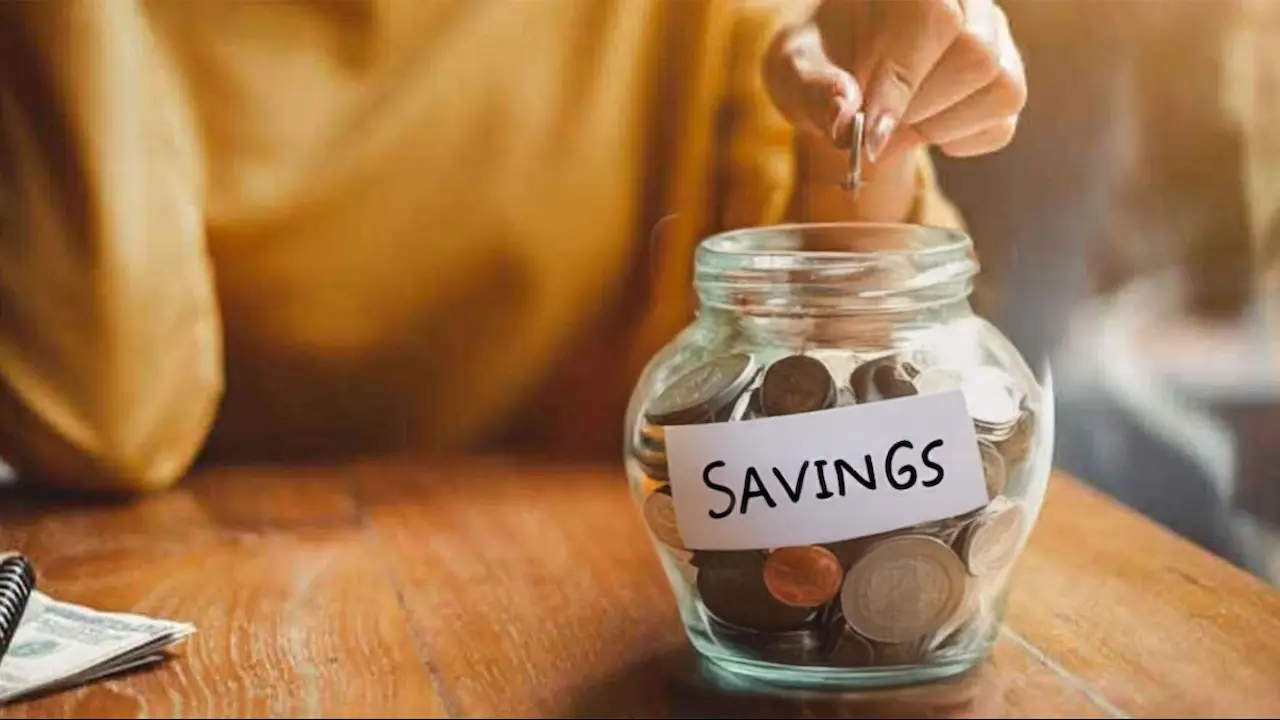Indian household savings hit a six-year low in FY23, raising concerns about government policies as it relies on these savings for economic growth.
Significant Decline in Household Savings
In fiscal year 2023, Indian household savings plummeted to a six-year low, a development that raises serious concerns about the government’s economic policies. According to delayed government data, net financial savings dropped to Rs 14.16 lakh crore, accounting for just 5.3% of GDP, a steep decline from 7.2% the previous year. This trend, which began during the pandemic, reflects a troubling increase in household borrowing.
Economic Ramifications
The reduction in household savings spells trouble for the economy. The government relies on these savings, which are held in bank deposits, cash, and equity investments, to fund critical capital investments in infrastructure. A decline in savings means less money available for these investments, potentially stalling economic development and undermining growth.
Factors Behind the Decline
Crisil’s research points to a sharp rise in individual borrowings from banks and financial institutions as a primary reason for the decline in net savings. Although gross financial savings grew at an average annual rate of 10.3% between fiscal 2021 and fiscal 2023, household financial liabilities surged by over 30%. This increase in liabilities includes loans from banks and non-banks, highlighting the shift towards borrowing over saving.
Surge in Financial Liabilities
Since fiscal 2018, household financial liabilities have been on the rise, reaching 5.8% of GDP in fiscal 2023, the highest level since the global financial crisis. This trend coincides with a significant rise in retail credit growth, averaging 18.9% from fiscals 2018 to 2023, far outpacing the nominal GDP growth of 10%. Crisil attributes this surge to aggressive lending by banks and financial institutions, bolstered by new entrants like non-banking financial companies (NBFCs) and fintech firms.
Retail Credit Growth Trends
Retail credit’s share of GDP rose dramatically to 19.4% in fiscal 2023 from 12.1% in fiscal 2017. Bank retail credit increased to 15.5% of GDP from 10.5%, and NBFCs saw their share rise to 3.9% from 1.6%. This increase was initially driven by NBFCs and later by private and public sector banks. Regulatory changes and technological advances in the early 2010s made it easier for lenders to approve personal loans, further fueling this trend.
Post-Pandemic Lending Surge
Following the Covid-19 pandemic, the improved financial health of banks and NBFCs led to an increase in lending, particularly in personal loans, as corporate credit demand remained weak. This has led to a growing appetite for both short- and long-term loans. Home loans accounted for 47.4% of bank retail loans in fiscal 2024, down from 53.1% in fiscal 2017. Additionally, younger individuals are borrowing more, facilitated by easier access to credit through technology.
Shift Towards Physical Assets
A large portion of household savings has shifted towards physical assets, comprising 60.1% of total household savings in fiscals 2021-2023, compared to 38.8% in net financial savings. In fiscal 2023, the share of physical assets rose to 70.2% while net financial savings dropped to 28.5%. Factors such as lower home loan rates, positive returns on real estate investments, and state-offered stamp duty reductions have driven this trend.
Changing Investment Preferences
Post-pandemic, households have increasingly preferred investments with higher returns over traditional bank deposits. Equities offered the highest nominal returns in FY21-FY23, followed by gold. Early indicators for FY24 suggest a revival in household savings and a moderation in the growth of household liabilities.
Government Policy Impact
The sharp decline in household savings highlights a critical flaw in the economic strategy. By encouraging borrowing and failing to address the underlying issues that drive this trend, the financial stability of households and the broader economy has been jeopardized. The reliance on household savings to fund infrastructure projects is increasingly unsustainable in the face of rising financial liabilities and a shift towards physical assets. The government must reassess its policies to restore confidence in savings and ensure sustainable economic growth.
Conclusion
The significant drop in household savings is a serious concern that puts the government’s economic strategies under scrutiny. With less money available for capital investments, the potential for stalled economic growth looms large. Addressing this issue is crucial for sustaining long-term economic stability and growth.
Now You Can Follow Our Channel On WhatsApp!

You have mentioned the details very interestingly! ps nice website.